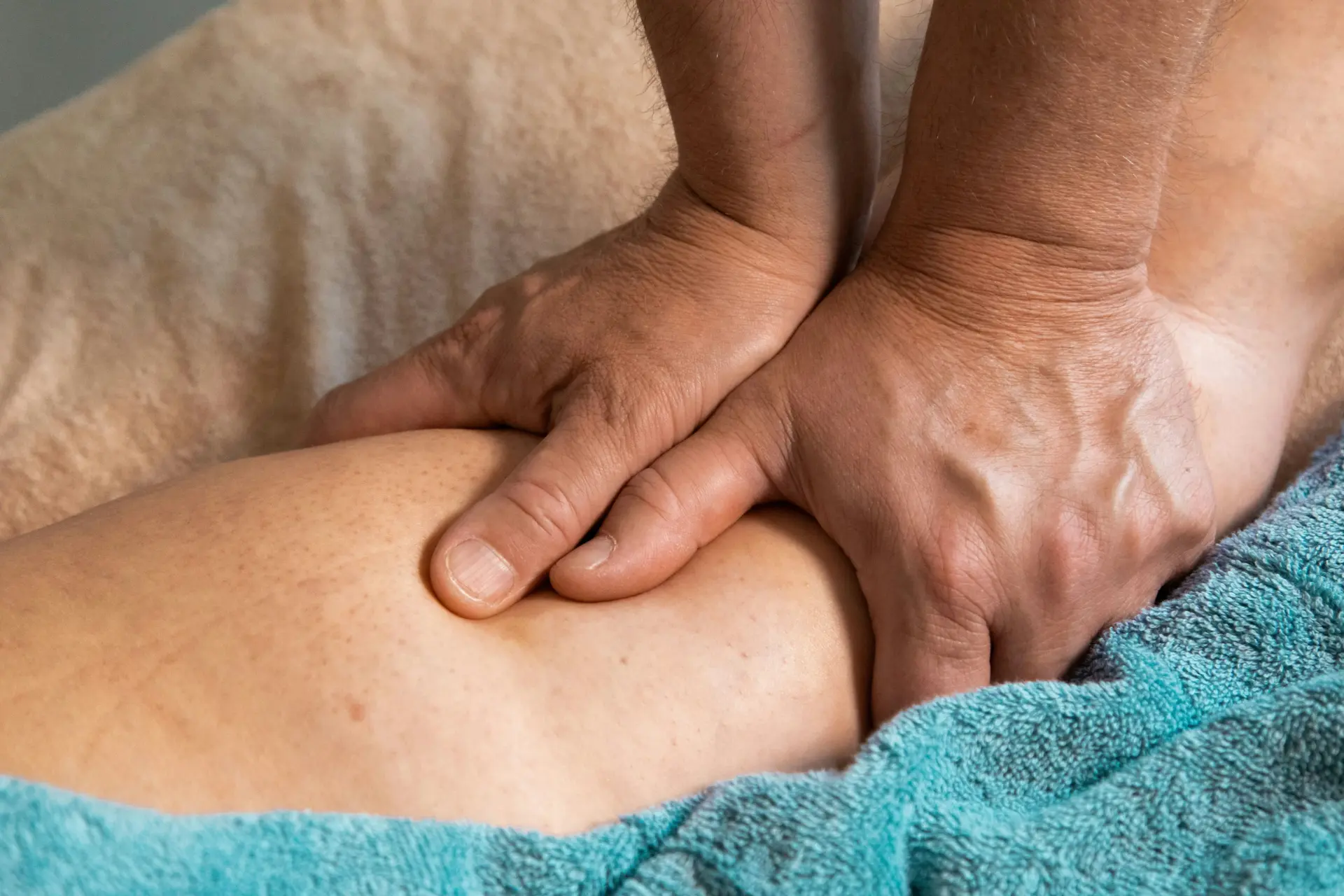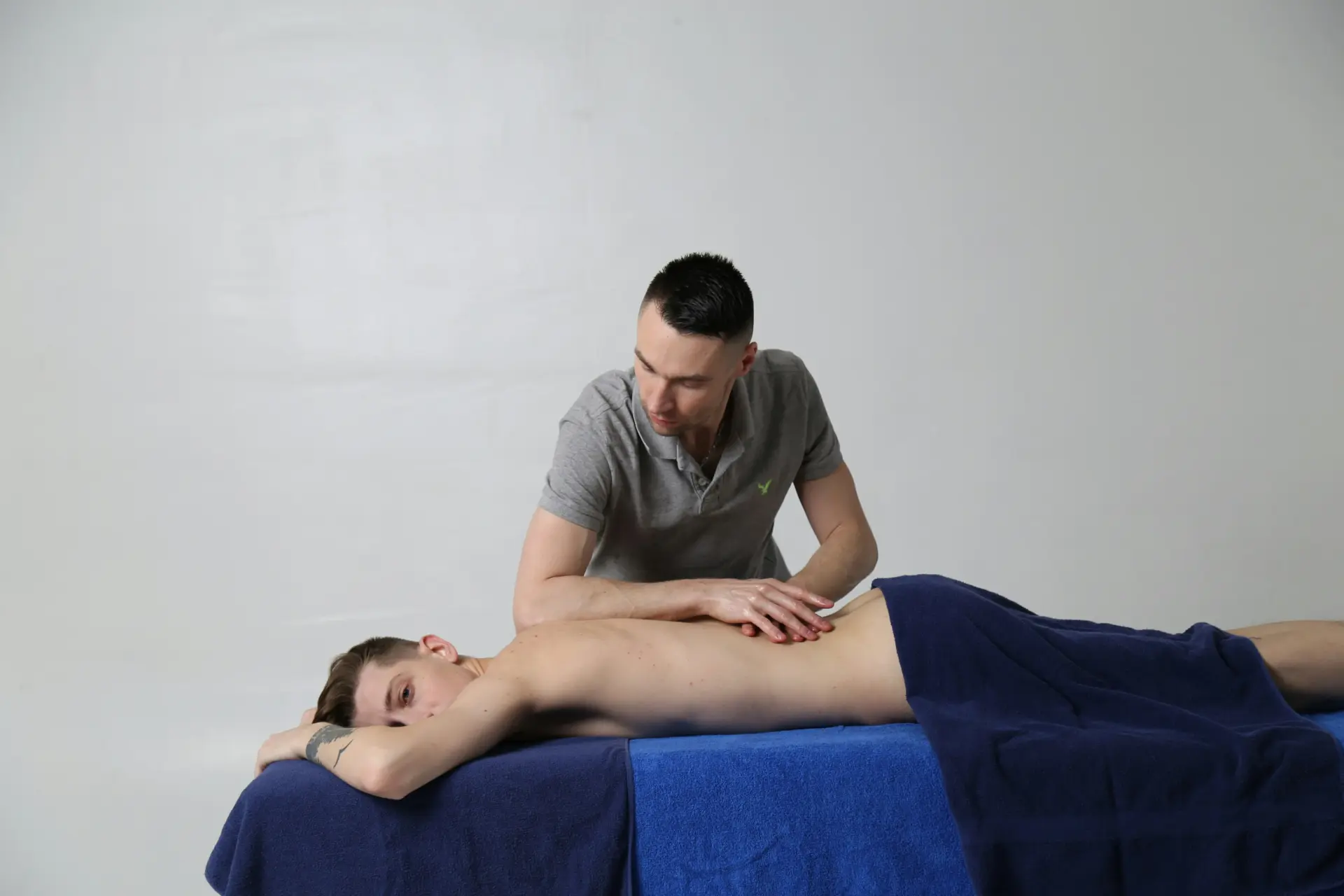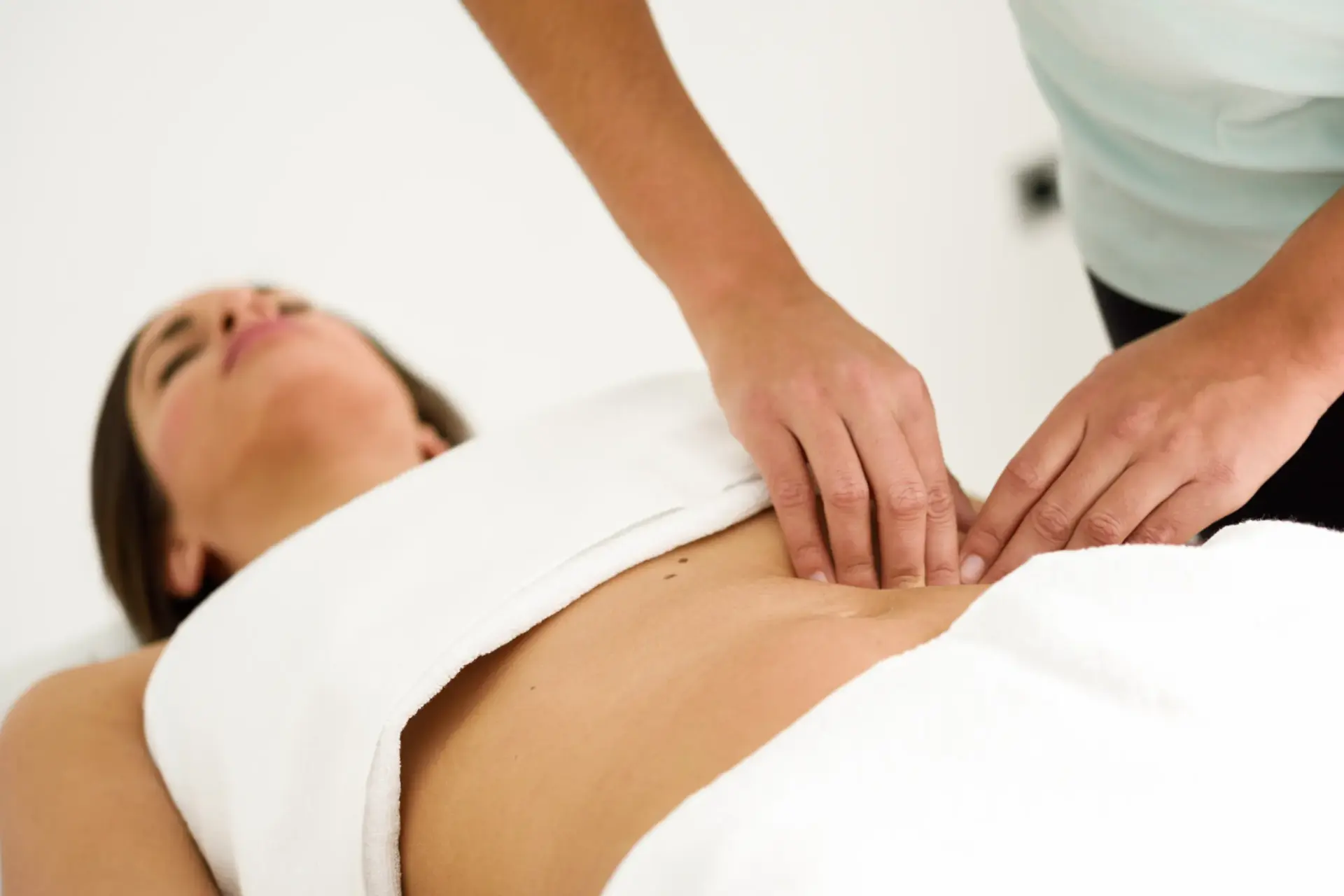Understanding VASER Lipo VASER liposuction is an advanced body contouring procedure designed to remove stubborn fat deposits while enhancing the body’s natural shape. It is...
Introduction
What is a manual lymphatic drainage massage? This is a question more people are asking as awareness grows about the benefits of post-surgical recovery and holistic wellness. Manual Lymphatic Drainage (MLD) is a gentle, medically recognised massage technique that helps stimulate the lymphatic system, reduce swelling, and support healing. Unlike traditional massages that focus on deep muscle relief, MLD targets the delicate lymph vessels just beneath the skin.
This specialised treatment is widely used in cosmetic surgery aftercare, to manage lymphedema, and even as a general wellness practice. The popularity of MLD has grown in both medical and spa settings because of its proven ability to speed up recovery, enhance results from aesthetic procedures, and promote detoxification. Whether you are recovering from surgery or simply looking to support your immune system and reduce bloating, MLD is a powerful yet soothing treatment that can make a real difference.
The Lymphatic System: A Vital Part of Healing
The lymphatic system is a central part of your body’s immune defence. It consists of a network of lymphatic vessels, nodes, and organs that work together to remove waste, toxins, and excess fluids from the body. Unlike the circulatory system, which has the heart to pump blood, the lymphatic system relies on movement, breathing, and muscle activity to circulate lymph fluid.
Lymph fluid transports immune cells, absorbs fats from the digestive system, and helps fight infection. However, when the lymphatic system becomes sluggish or blocked due to illness, surgery, or inactivity, fluid can accumulate in the tissues. This causes swelling, discomfort, and increases the risk of infection. MLD gently reactivates the flow of lymph, helping the body naturally drain fluid, clear waste, and recover faster.
Manual Lymphatic Drainage (MLD) Explained
Manual Lymphatic Drainage was pioneered by Dr Emil Vodder in the 1930s. He developed this technique after observing that patients with chronic colds and swollen lymph nodes often improved when their lymphatic system was stimulated. Today, MLD is a medically recognised therapy, widely used to treat conditions like lymphedema, post-surgical swelling, and inflammation.
Unlike deep tissue massage, which targets muscles and connective tissues, MLD focuses on superficial lymph vessels just beneath the skin. The therapist uses feather-light, circular, and pumping movements in a specific sequence to encourage lymphatic flow. This method follows the direction of lymphatic drainage routes, helping to push excess fluid towards functioning lymph nodes where it can be reabsorbed into the bloodstream.
MLD is both an art and a science. It requires advanced knowledge of the lymphatic anatomy and a sensitive touch. When performed correctly, it can dramatically reduce swelling, support immune function, and leave the client feeling deeply relaxed.
How MLD Works
The movements in MLD are soft, slow, and rhythmic. Therapists apply light pressure using the hands, moving in a specific direction to mirror the natural flow of lymph through the body. The goal is to open lymphatic capillaries and stimulate the lymph nodes to absorb and process fluid more efficiently.
Each session typically begins with stimulation of the neck area, which is a key drainage point for the lymphatic system. From there, the therapist works methodically across the body, clearing pathways before directing lymph towards regional nodes like those found in the armpits, groin, or abdomen.
Sessions usually last 45 to 60 minutes and may be tailored to focus on specific areas of concern, such as the abdomen post-liposuction or the legs after surgery. For post-operative recovery, a course of treatments is often recommended to support consistent drainage and healing.
Core Benefits of MLD
Manual Lymphatic Drainage offers a wide range of health and wellness benefits:
- Reduces post-surgical swelling: Surgery often causes fluid to accumulate in tissues. MLD helps move this fluid away from the area, speeding up recovery.
- Improves circulation: By stimulating lymphatic flow, MLD enhances blood flow, bringing oxygen and nutrients to cells for better healing.
- Flushes toxins: The lymphatic system plays a key role in removing waste. MLD assists in detoxification, making you feel lighter and more energised.
- Minimises fibrosis: Fibrosis is the hardening of tissue that can develop after surgery. MLD helps prevent and soften these areas.
- Enhances cosmetic outcomes: Clients often notice smoother skin and more defined contours following MLD, especially after liposuction or body contouring.
- Supports immune health: A well-functioning lymphatic system means better defence against infections and improved general wellbeing.
Complementary Therapies We Offer
Phototherapy
Phototherapy is a non-invasive treatment that uses targeted light wavelengths to support skin healing and reduce inflammation. Light penetrates the skin to reach deeper layers of tissue, stimulating cellular processes that repair damage and promote regeneration.
We use red and near-infrared light to enhance collagen production, reduce swelling, and soothe the skin. When combined with MLD, phototherapy supports faster healing, improves skin tone, and enhances the results of aesthetic treatments.
Ultrasound Therapy Massage
Ultrasound Therapy uses high-frequency sound waves to treat deeper layers of soft tissue. This technology improves blood flow, reduces inflammation, and breaks down scar tissue without adding physical strain.
When used after surgery, ultrasound therapy helps soften fibrous tissue, relieve muscle tension, and promote flexibility. It pairs perfectly with MLD to address both surface and deeper healing needs, making recovery smoother and more comfortable.

Who Should Consider MLD?
Manual Lymphatic Drainage is suitable for a wide range of people, particularly those who need support with recovery or lymphatic function:
- Post-surgical patients: Especially those recovering from cosmetic surgery, liposuction, or orthopaedic procedures
- People with lymphedema: MLD is a primary therapy for managing this chronic condition
- Individuals with chronic fatigue or fibromyalgia: The gentle movements can ease discomfort and boost energy
- Athletes and fitness enthusiasts: MLD aids muscle recovery and reduces inflammation after intense training
- Anyone looking for a wellness boost: Even without medical issues, MLD supports detoxification, reduces bloating, and enhances relaxation
Contraindications: When to Avoid MLD
Although MLD is a safe and gentle therapy, there are some conditions where it may not be appropriate:
- Acute infections: Stimulating lymph flow can spread infection further
- Blood clots or DVT: MLD could dislodge a clot, leading to serious complications
- Severe heart conditions: The fluid shift may increase strain on the heart
- Kidney disorders: The kidneys may struggle to handle the increased fluid flow
- Certain cancers or treatments: Unless specifically advised by your doctor, MLD may not be suitable
Always speak to a healthcare professional before starting MLD if you have any of these conditions.
What to Expect During Your First Session
Your first session will begin with a consultation. The therapist will ask about your medical history, surgery (if any), lifestyle, and specific concerns. Based on this, they will develop a personalised treatment plan.
You will lie on a treatment table, usually in comfortable clothing or underwear. The therapist will use light, flowing strokes starting from the neck and working towards the area of concern. The treatment is deeply relaxing, and many people feel calm or even sleepy.
Afterwards, you might feel lighter or notice that you need to urinate more frequently – both signs that your lymphatic system is working well. You may be advised to drink extra water and avoid alcohol or heavy meals for a few hours.
MLD vs. Other Techniques
Manual Lymphatic Drainage stands out from other lymph-stimulating techniques due to its customisation and gentle approach. Here’s a comparison:
| Technique | Methodology | Best For |
|---|---|---|
| MLD | Manual, rhythmic strokes | Post-op recovery, swelling, detox |
| Dry Brushing | DIY with brush | Skin exfoliation, mild lymph support |
| Compression Garments | Pressure-based wear | Post-surgery swelling control |
| Mechanical Devices | Vibration or air compression | General circulation support |
MLD remains the preferred option for patients needing careful, precise treatment that adapts to the body’s healing stages.
How to Maximise Your Results
For the best outcome from your MLD treatments, follow these tips:
- Stay well hydrated: Water helps lymph fluid move through the body
- Engage in light movement: Walking and gentle stretching promote natural drainage
- Eat anti-inflammatory foods: Fresh vegetables, fruits, and healthy fats support healing
- Wear compression garments (if recommended): These support fluid movement and contour shaping
- Incorporate complementary therapies: Use ultrasound or phototherapy to amplify your recovery
Your therapist will guide you through a post-treatment plan tailored to your needs.
Choosing the Right Therapist
When choosing a Manual Lymphatic Drainage therapist, look for:
- Accredited training: They should hold certifications in recognised MLD methods
- Post-operative experience: Especially if you’re recovering from surgery
- Clear communication: They should explain the treatment plan and address concerns
- Professional setting: Clean, quiet, and well-equipped facilities
Avoid practitioners who apply deep pressure or advertise rapid results. MLD is gentle and should never be painful.
Why Choose Dr Fasano’s Clinics in London and Birmingham
Our London and Birmingham clinics are leaders in post-operative and lymphatic recovery care. Here’s why patients trust us:
- Specialised therapists: All staff are highly trained in MLD, phototherapy, and ultrasound
- Tailored plans: Each treatment is customised to the client’s health and aesthetic goals
- Modern environments: Our clinics are calm, hygienic, and equipped with advanced tools
- Collaboration with surgeons: We coordinate care with your surgical team for seamless recovery
- Trusted reputation: Our patients report improved healing, reduced discomfort, and enhanced cosmetic results
Whether you’re preparing for surgery or looking to enhance wellness, our team is here to support you every step of the way.

Recap
So, what is a manual lymphatic drainage massage? It is a safe, effective, and deeply relaxing treatment that supports your body’s natural healing systems. From reducing post-surgical swelling to enhancing immune health and detoxification, MLD offers a wide range of benefits.
Our expert team in London and Birmingham combines this powerful technique with cutting-edge therapies to give you the best possible results. Ready to feel lighter, heal faster, and look your best? Book your consultation today.
Manual Lymphatic Drainage Massage FAQs
How soon after surgery can I start MLD?
Usually within 48 to 72 hours, but always follow your surgeon’s advice.
Does MLD hurt?
Not at all. It’s incredibly gentle and often described as relaxing.
Can I combine it with other treatments?
Absolutely. Phototherapy and ultrasound enhance healing and results.
How many sessions will I need?
It depends on your goals. Post-surgical patients often need 5–10 sessions.
Is MLD suitable for everyone?
Most people benefit, but a health consultation is essential before starting.



